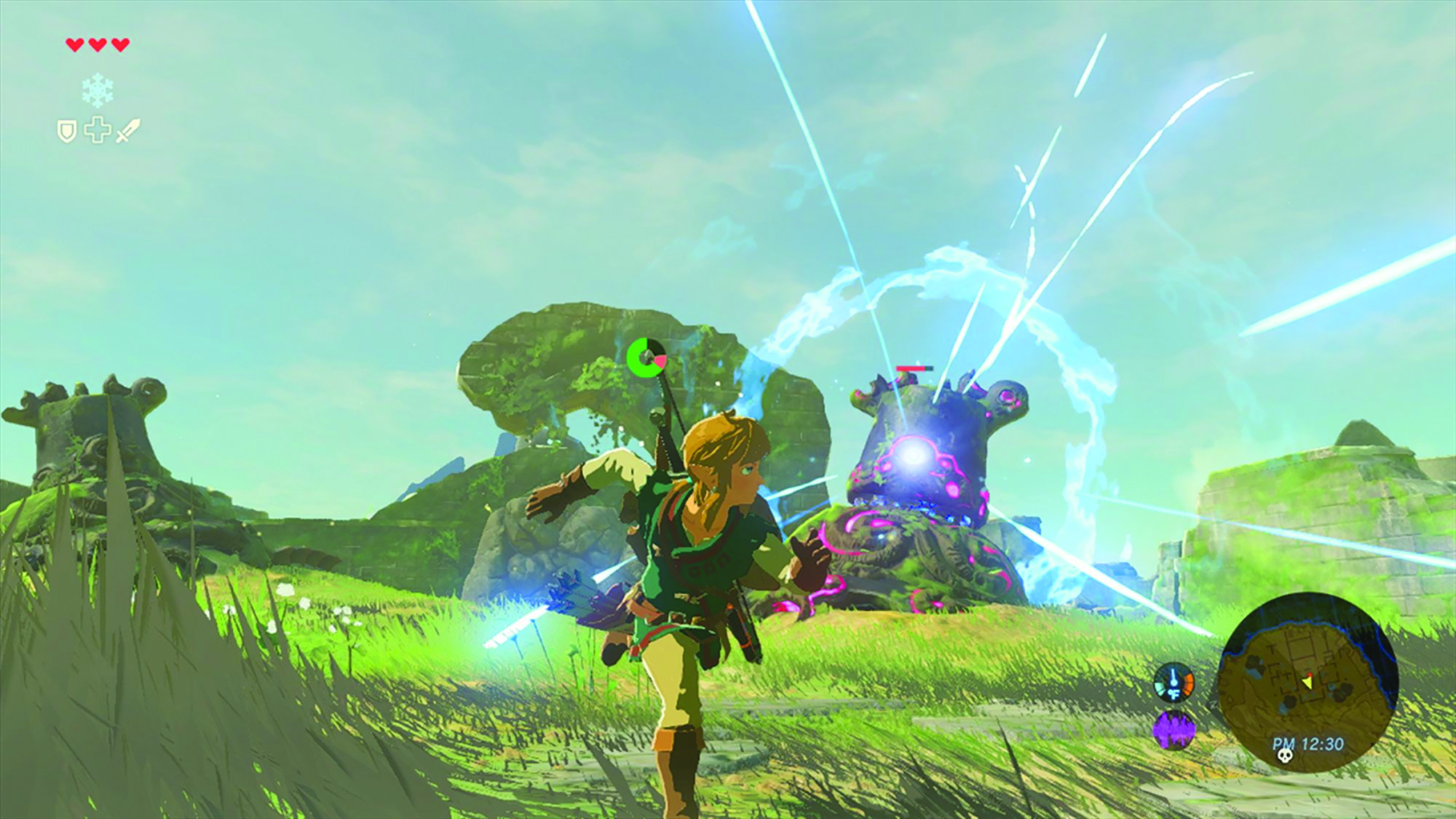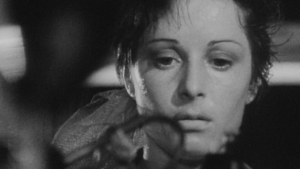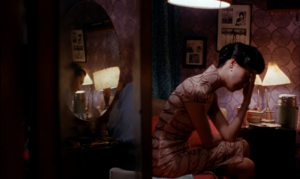Nintendo has always done things differently. In 1985, the Japanese company launched the Nintendo Entertainment System (NES) in North America. This was just after the great videogame-industry crash of 1983, when alarm bells were sounding about the future of the whole industry – in other words, it was a new games console when absolutely everyone was pulling out of videogames. It was, surprisingly, a massive success, outselling all previously released consoles worldwide by 1990 and essentially kickstarting the videogames industry after its early slump.
Two decades later, in 2006, Nintendo threw out the standard logic of videogames again, creating a console with a motion wand instead of a regular controller packed with buttons and analog sticks. The company used this point of difference to aggressively target an audience that the prevailing wisdom said did not exist: mums and dads, retirees, and people well and truly outside of the videogame bubble. Again, this risk was a huge success: with over 100 million consoles sold as of 2016, the Wii remains Nintendo’s best-performing home console by some margin. Its influence has been cultural, too – with the Wii, Nintendo led the charge to reposition the entire industry’s focus away from exclusively targeting young men, well before our current era of smartphones and social games. The Wii made it to late-night chat shows and magazine covers, and with it went (possibly premature) cries of the mainstreaming of videogames.
In March this year, Nintendo hoped to do it all again with a new console: the Nintendo Switch. Like the NES and the Wii, the Switch pushes against what we expect a videogame console to do. The main selling point is portability: far from being locked to a television set, Nintendo wants you to pick up the Switch and take it with you outdoors. One particular advert features a slightly obnoxious millennial turning up to a rooftop party with a Switch in hand (because all natural social gatherings need to be reshaped around a portable videogame device, right?). You can play it in three configurations: attached to a television, like a standard games console; holding it in your hands, like a portable device such as the Nintendo DS (the Switch has an in-built, detachable screen); or, finally, like a mini-console, with two controllers disconnected from the portable Switch to be used in multiplayer modes in parks and other public places.
Nintendo’s innovations haven’t always set the world on fire, though, and there were real risks with the Switch. In fact, Nintendo’s previous console, 2012’s Wii U, positively bombed, selling just 13 million copies in its five-year lifetime. On the whole, Nintendo still seems, in many respects, like a company stuck in the twentieth century: while every other online company falls over itself to incorporate easy online use and social-networking features as selling points for its products, for instance, Nintendo still opts for twelve-digit ‘Friend Codes’ and offers no real way for players to communicate online.
Yet the Switch has been another runaway success for Nintendo. The console sold 2.74 million copies in its first month, making it the fastest-selling Nintendo console ever. In part, this could be due to the new Zelda game, Breath of the Wild, which has received critical acclaim to a degree achieved by few other recent franchise games. (Curiously, Breath of the Wild actually outsold the console itself; Nintendo explains that this ‘may be attributed to people who purchased both a limited edition of the game to collect and a second version to play’.)
Beyond portability, though, the thing that makes the Switch a fascinating development is that it actually embraces something that independent game designers have been toying with for almost a decade now: the idea of videogames without the video. Or, at least, without a screen. One thing Nintendo consoles have usually provided is a proof-of-concept videogame that illustrates the potential of the system and acclimatises users to its new features – in the case of the Wii, that was the enormously popular Wii Sports, with its iconic bowling and tennis games. 1-2-Switch, the Switch’s somewhat-ungainly-titled equivalent, makes this push away from the screen clear enough. It features a selection of mini-games – twenty-eight of them – that each try to reframe the player’s own social space, rather than the screen, as the location for the game. In ‘Quick Draw’, for example, players have to mime a western-style shootout using the wireless controllers: ‘Look each other in the eye,’ the game suggests. In ‘Table Tennis’, players face each other and act out a regular game of table tennis, relying purely on audio cues from the console.
Combined with the Switch’s advertising campaign based largely on the idea of taking a console out of the house to parties, picnics and other friendly gatherings, Nintendo is essentially betting that players will want to rediscover the joys of the social when it comes to videogames. As I mentioned, this is something that independent designers have been toying with for some time: Douglas Wilson’s PlayStation/Mac/Linux game Johann Sebastian Joust, for instance, has been an indie favourite for the best part of a decade, as it features players facing each other and not the screen. These developments have obviously been noticed by those at Nintendo – everything about the Switch feels like it is building on advancements at the edges of gaming culture.
With the Switch, Nintendo continues to do things differently. Time will tell whether the initial momentum will translate into long-term success, as with the Wii or the NES, but for now, it seems like the videogames industry has rediscovered the joys of looking away from our screens to play.





